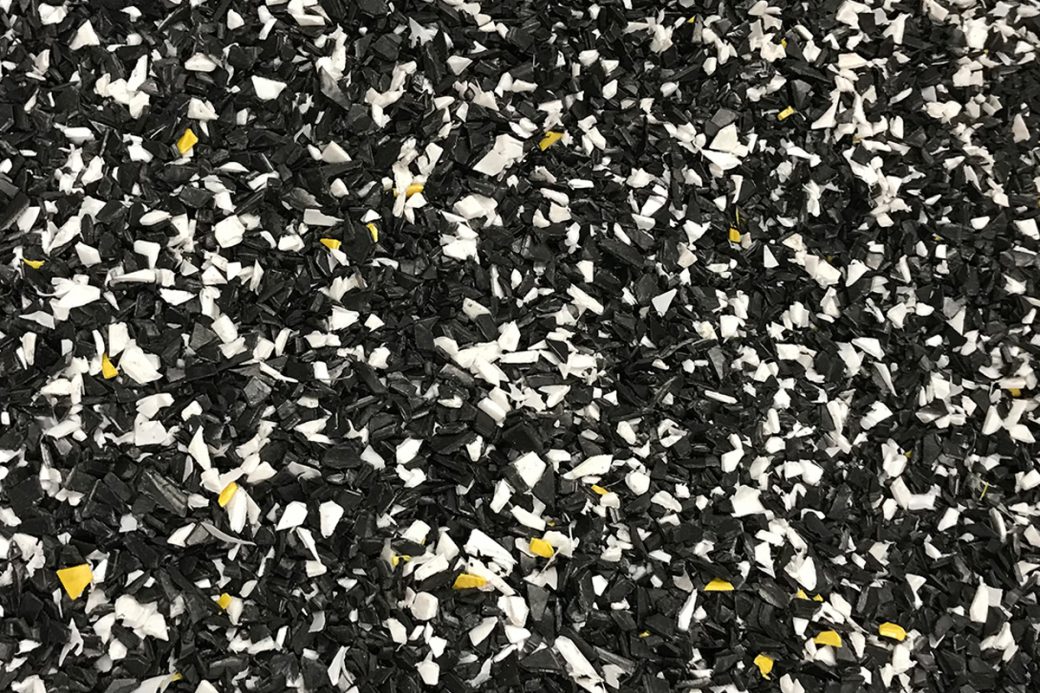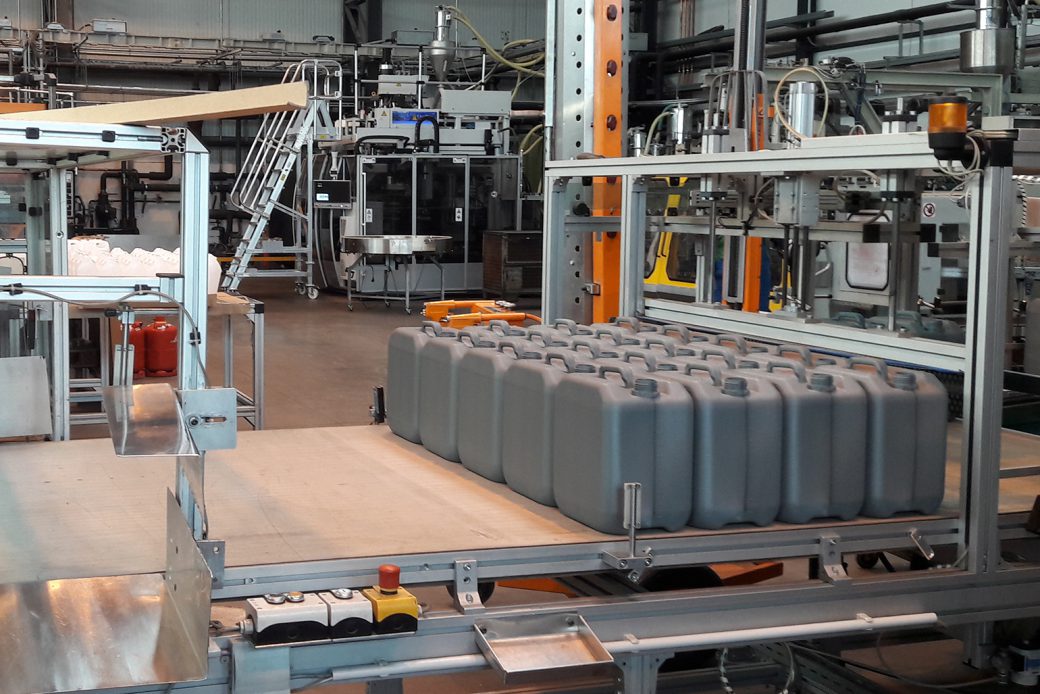Frequently asked questions about LCAs and EPDs
We supply products made from recycled material, from work clothing to packaging. Our aim is to make it as clear as possible why these products are a sustainable alternative. In this article we answer the most frequently asked questions about sustainability mapping documents: LCAs and EPDs.
What is an LCA?
LCA is the abbreviation for Life Cycle Assessment. An LCA charts the environmental impact of a product throughout its life cycle, quantifying energy consumption, raw materials, waste streams and emissions, among other things. The environmental impact is then expressed in terms of, for example, CO2 values, water consumption or toxicity.
An ISO standard is available for the preparation of an LCA (ISO 14040 series). An LCA is developed in several steps. These involve choosing system boundaries, consulting databases, describing processes and making assumptions. A choice of analysis methods must also be made. At the end, the results are interpreted, the assumptions are evaluated and conclusions are drawn. Using the outcome, you can compare the environmental impact and thus the sustainability of products, provided that the LCAs are drawn up in exactly the same way. Source: KIDV
What is an EPD?
EPD is the abbreviation for Environmental Product Declaration. An EPD is a standardised document, a statement of the main outcome of a Life Cycle Assessment (LCA). It is an easy-to-read, short version of an LCA report that shows the environmental impact of a product.
An ISO standard (ISO 14025) is available for the drafting of an EPD. An EPD is developed in several steps, including an LCA if it is not already available. The EPD is verified by an independent expert and usually has a validity of five years.
Do you have LCAs and/or EPDs available?
An EPD is available for some of the products in our range: click here for Fristads Green workwear. Tricorp Rewear products show how much water is being saved. In some cases, an EPD of the raw material is available for our packaging made from recycled material. We can have LCAs and EPDs drawn up by a specialist agency on request, for a fee.
How can I then judge or compare products on their sustainability?
We look at the following components in the life cycle of our products:
- development / raw materials
- production
- packaging
- logistics
- use
- collection
- reuse/recycling
For each component, we can often choose an alternative in which the quality, appearance and cost of the product remain the same, but the impact on the environment is reduced. Our specialists will be happy to discuss the options with you.
More and more of our brands and products are taking steps towards sustainability. This helps our customers to consciously choose a better alternative.
Erik Forsten, Manager QSHE








